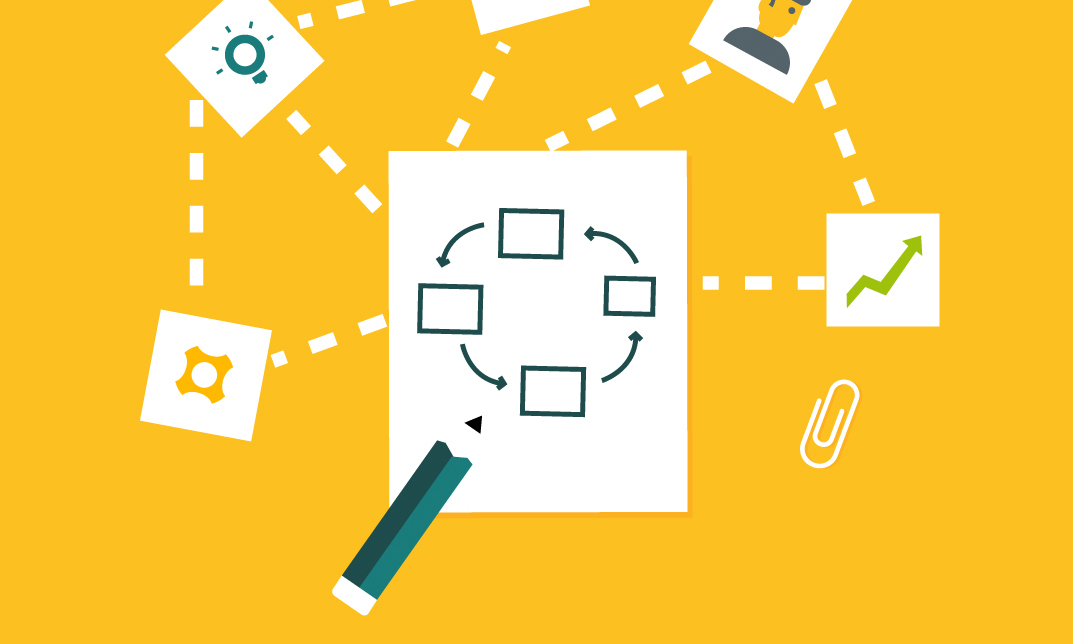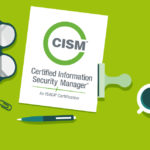You must be logged in to take this course → LOGIN | REGISTER NOW
In this 33 hr on-demand cybersecurity course, you will gain a global perspective of the challenges of designing a secure system, touching on all the cyber roles needed to provide a cohesive security solution.
Through lecture and labs you will learn about current threat trends across the Internet and their impact on organizational security. You will review standard cybersecurity terminology and compliance requirements, examine sample exploits, and gain hands-on experience mitigating controls. In a contained lab environment, you will work with live viruses, including botnets, worms, and Trojans.
This course is aimed at:
- Network professionals looking to advance their knowledge and explore cybersecurity as a career path
- Executives and managers looking to increase their ability to communicate with security professionals and implement a robust security solution at the organizational level
- Individuals wants to improve their understanding of cybersecurity fundamentals, including threats, mitigating controls, and organizational responsibilities
What’s Included
- 90 days access to the course
- comprehensive course materials
- 33 hours of study material
- lab environments
Learning Objectives
Upon completion of this on-demand event you will have a greater understanding of:
- Increased your awareness of security
- Be able to Interpret/analyze tool output for network mapping/footprinting
- Reduce attack surface of systems
- Review networking as it applies to security controls
- Explore different data protection principles
- Examine the role of PKI/certificates in building trusted relationships between devices in a network
- Implement login security and other identity management solutions
- Reduce attack surface of network devices
- Explore current malware threats and anti-malware solutions
- Explore social engineering threats, methods, and techniques
- Examine software vulnerabilities and security solutions for reducing the risk of exploitation
- Explain monitoring capabilities and requirements and how those may raise privacy concerns
- Identify physical security controls and the relationship between physical and IT security
- Explain incident response capabilities
- Identify legal considerations and investigative techniques when it comes to cybersecurity
- Research trends in cybersecurity
Prerequisites
A comprehensive understanding of TCP/IP Networking or equivalent knowledge. thsi can be gained utilising te below on demand courses
- GK3150-LP, Understanding Network Fundamentals
- GK9025-LP, TCP/IP Networking
Course Curriculum
| Neolithic writing Details | FREE | 00:40:00 | |
| Logographies Details | 00:30:00 | ||
| Writing Alphabets Details | 00:20:00 | ||
| 1. Cybersecurity Awareness | |||
| 1.1 What is security? Details | 00:00:00 | ||
| 1.2 Confidentiality, integrity, and availability Details | 00:00:00 | ||
| 1.3 Security baselining Details | 00:00:00 | ||
| 1.4 Security concerns: Humans Details | 00:00:00 | ||
| 1.5 Types of threats Details | 00:00:00 | ||
| 1.6 Security controls Details | 00:00:00 | ||
| 1.7 What is hacking? Details | 00:00:00 | ||
| 1.8 Risk management Details | 00:00:00 | ||
| 1.9 Data in motion vs. data at rest Details | 00:00:00 | ||
| 1.10 Module review Details | 00:00:00 | ||
| 2. Network Discovery | |||
| 2.1 Networking review Details | 00:00:00 | ||
| 2.2 Discovery, footprinting, and scanning Details | 00:00:00 | ||
| 2.3 Common vulnerabilities and exposures Details | 00:00:00 | ||
| 2.4 Security policies Details | 00:00:00 | ||
| 2.5 Vulnerabilities Details | 00:00:00 | ||
| 2.6 Module review Details | 00:00:00 | ||
| 3. Systems Hardening | |||
| 3.1 What is hardening? Details | 00:00:00 | ||
| 3.2 Types of systems that can be hardened Details | 00:00:00 | ||
| 3.3 Security baselines Details | 00:00:00 | ||
| 3.4 How to harden systems Details | 00:00:00 | ||
| 3.5 Hardening systems by role Details | 00:00:00 | ||
| 3.6 Mobile devices Details | 00:00:00 | ||
| 3.7 Hardening on the network Details | 00:00:00 | ||
| 3.8 Analysis tools Details | 00:00:00 | ||
| 3.9 Authentication, authorization, and accounting Details | 00:00:00 | ||
| 3.10 Physical security Details | 00:00:00 | ||
| 3.11 Module review Details | 00:00:00 | ||
| 4. Security Architecture | |||
| 4.1 Security architecture Details | 00:00:00 | ||
| 4.2 Network devices Details | 00:00:00 | ||
| 4.3 Network zones Details | 00:00:00 | ||
| 4.4 Network segmentation Details | 00:00:00 | ||
| 4.5 Network Address Translation Details | 00:00:00 | ||
| 4.6 Network Access Control Details | 00:00:00 | ||
| 4.7 Module review Details | 00:00:00 | ||
| 5. Data Security | |||
| 5.1 Cryptography Details | 00:00:00 | ||
| 5.2 Principles of permissions Details | 00:00:00 | ||
| 5.3 Steganography Details | 00:00:00 | ||
| 5.4 Module review Details | 00:00:00 | ||
| 6. Public Key Infrastructure | |||
| 6.1 Public key infrastructure Details | 00:00:00 | ||
| 6.2 Certification authorities Details | 00:00:00 | ||
| 6.3 Enabling trust Details | 00:00:00 | ||
| 6.4 Certificates Details | 00:00:00 | ||
| 6.5 CA management Details | 00:00:00 | ||
| 6.6 Module review Details | 00:00:00 | ||
| 7. Identity Management | |||
| 7.1 What is identity management? Details | 00:00:00 | ||
| 7.2 Personally identifiable information Details | 00:00:00 | ||
| 7.3 Authentication factors Details | 00:00:00 | ||
| 7.4 Directory services Details | 00:00:00 | ||
| 7.5 Kerberos Details | 00:00:00 | ||
| 7.6 Windows NT LAN Manager Details | 00:00:00 | ||
| 7.7 Password policies Details | 00:00:00 | ||
| 7.7 Cracking passwords Details | 00:00:00 | ||
| 7.8 Password assessment tools Details | 00:00:00 | ||
| 7.9 Password managers Details | 00:00:00 | ||
| 7.10 Group accounts Details | 00:00:00 | ||
| 7.11 Service accounts Details | 00:00:00 | ||
| 7.12 Federated identities Details | 00:00:00 | ||
| 7.13 Identity as a Service Details | 00:00:00 | ||
| 7.14 Module review Details | 00:00:00 | ||
| 8. Network Hardening | |||
| 8.1 Limiting remote admin access Details | 00:00:00 | ||
| 8.2 AAA: Administrative access Details | 00:00:00 | ||
| 8.3 Simple Network Management Protocol Details | 00:00:00 | ||
| 8.4 Network segmentation Details | 00:00:00 | ||
| 8.5 Limiting physical access Details | 00:00:00 | ||
| 8.6 Establishing secure access Details | 00:00:00 | ||
| 8.7 Network devices Details | 00:00:00 | ||
| 8.8 Fundamental device protection summary Details | 00:00:00 | ||
| 8.9 Traffic filtering best practices Details | 00:00:00 | ||
| 8.10 Traffic filtering best practices Details | 00:00:00 | ||
| 8.11 Module review Details | 00:00:00 | ||
| 9. Malware | |||
| 9.1 What is malware? Details | 00:00:00 | ||
| 9.2 Infection methods Details | 00:00:00 | ||
| 9.3 Types of malware Details | 00:00:00 | ||
| 9.4 Backdoors Details | 00:00:00 | ||
| 9.5 Countermeasures Details | 00:00:00 | ||
| 9.6 Protection tools Details | 00:00:00 | ||
| 9.7 Module review Details | 00:00:00 | ||
| 10. Social Engineering | |||
| 10.1 What is social engineering? Details | 00:00:00 | ||
| 10.2 Social engineering targets Details | 00:00:00 | ||
Course Reviews
No Reviews found for this course.






